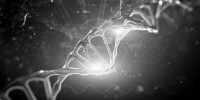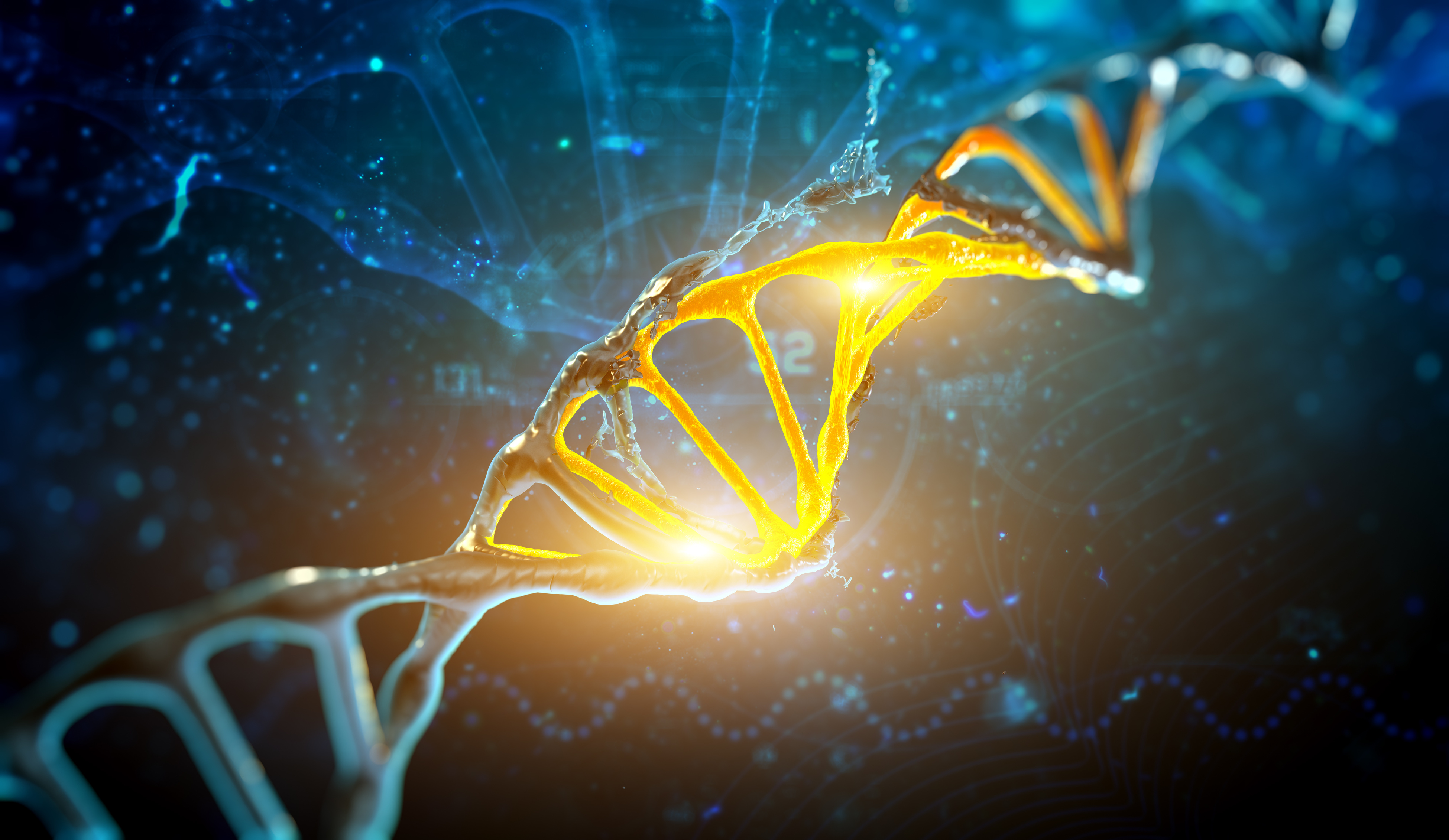
Autism's Hidden Genetic Landscape
A revolutionary study in Cell Genomics introduces a new dimension to understanding Autism Spectrum Disorder (ASD)—the 3D genome. Researchers have uncovered that the spatial organization of our DNA could be as critical as the genetic code itself in determining the risk of ASD. This groundbreaking insight challenges us to rethink the genetic underpinnings of autism, especially for those without detectable mutations in their coding DNA. Stay tuned as science unfolds the intricate 3D map that may hold the key to unlocking ASD's mysteries.
Groundbreaking Study Links Autism Risk to 3D Genome Organization
New Insights into Genetic Factors of ASD
A groundbreaking study published in Cell Genomics reveals that the effects of certain genetic variants associated with Autism Spectrum Disorder (ASD) may be determined by their three-dimensional placement within the genome. This discovery opens new avenues for understanding the genetic architecture of ASD and could improve risk prediction for patients, particularly those without mutations in protein-coding regions, known as exome-negative cases.
The Role of Topologically Associating Domains
The research team, led by senior and co-corresponding author Atsushi Takata from the RIKEN Center for Brain Science and the Juntendo University Graduate School of Medicine, analyzed whole-genome sequences from 5,044 individuals with ASD and their family members. They focused on de novo variants (DNVs) within regulatory element-rich topologically associating domains (TADs), areas that are thought to play a significant role in gene regulation.
Using the latest chromosome conformation capture profiles of the adult prefrontal cortex, Takata's team was able to identify how gene promoter DNVs in TADs could influence ASD risk. "This is the first study to statistically demonstrate a direct association between ASD and TAD-related gene regulatory mechanisms," said Takata.

Unprecedented Findings
The study not only highlighted the overrepresentation of ASD-associated DNVs in TADs but also identified specific TADs on chromosomes 1 and 13 with a higher-than-average rate of promoter DNV changes in individuals with autism. To further validate their findings, the researchers conducted follow-up experiments using CRISPR-Cas9 gene editing on induced pluripotent stem cell-derived neurons. They observed that specific deleterious DNVs could alter multiple genes within a shared TAD.
Implications for Future Research and Treatment
The authors of the study emphasized the significance of their findings, stating, "our results show that TADs and their gene contents define the impact of promoter DNVs on ASD risk based on statistical evidence from an analysis of large WGS datasets." The research suggests that integrating information on TADs with gene sets could enhance our understanding of rare noncoding variants and their role in diseases beyond ASD.
The new analytical approach presented by Takata and his colleagues offers promising directions for future research into human complex traits and diseases, potentially leading to more accurate risk assessments and personalized interventions for ASD patients.